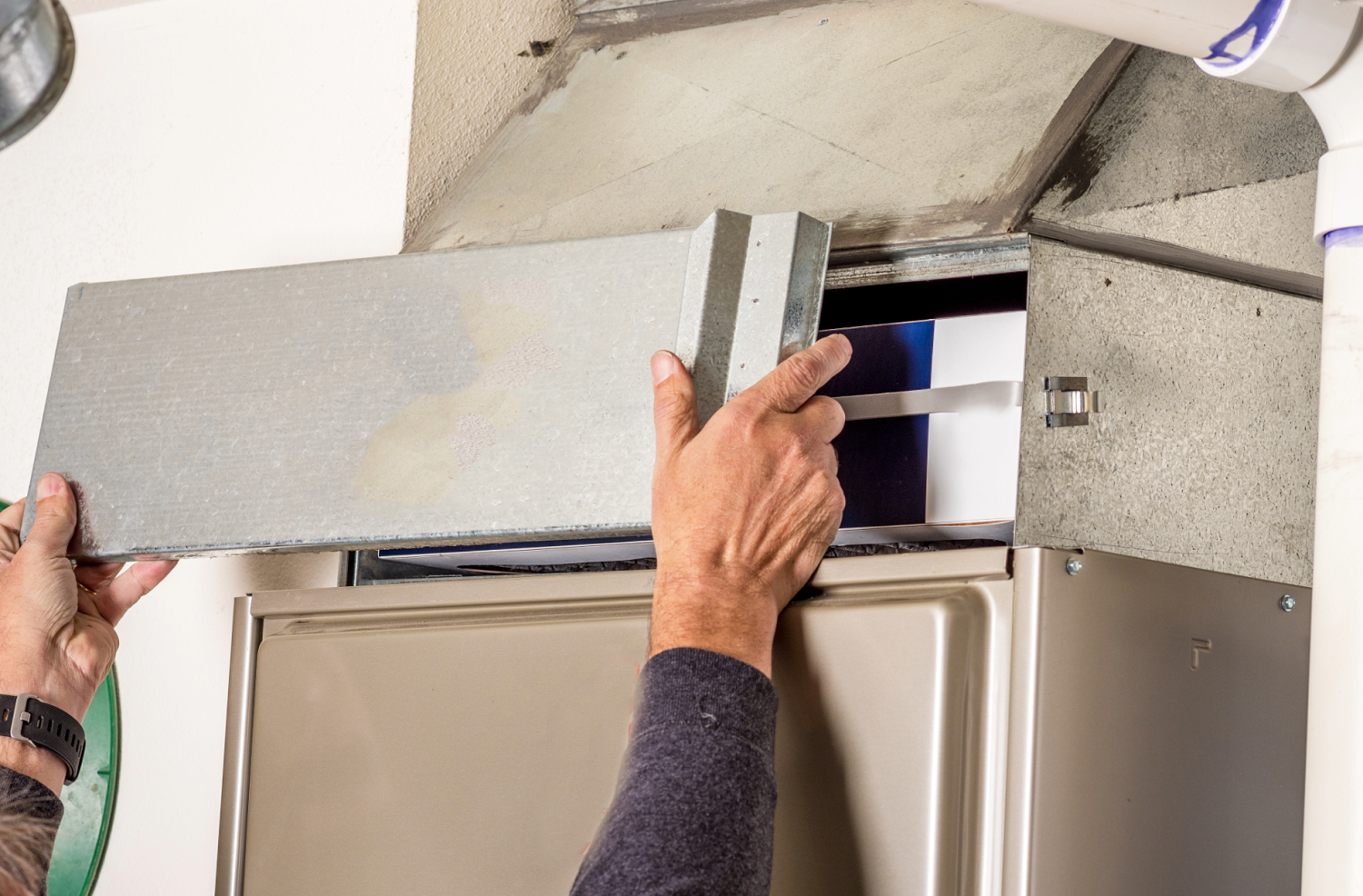Furnace problems can disrupt the comfort of your home, especially during the colder months. Understanding the common issues that can arise and knowing how our professionals handle these problems can help you maintain a warm and efficient home. Whether it’s a lack of heat, strange noises, frequent cycling, or ignition issues, our team is equipped to diagnose and fix these problems effectively.
By keeping the common issues in mind and relying on our professional services, you can ensure your furnace runs efficiently and provides consistent comfort throughout the season.
Lack of Heat or Insufficient Heating
One of the primary concerns homeowners face is when their furnace fails to provide adequate heat. Several factors can contribute to this issue:
1. Blocked Air Filters: When air filters become clogged with dust and debris, airflow is restricted, leading to insufficient heating. This not only reduces the system’s efficiency but also puts undue strain on the furnace components.
2. Thermostat Malfunctions: A faulty thermostat can cause the furnace to misread the indoor temperature, resulting in improper heating cycles. This often leads to either insufficient heat or no heat at all.
3. Pilot Light or Ignition Issues: Problems with the pilot light or ignition system can prevent the furnace from starting properly, leading to a lack of heat. This is commonly caused by a dirty pilot light or malfunctioning electronic ignition.
4. Ductwork Leaks: Leaks or blockages in the ductwork can prevent warm air from circulating efficiently through your home. This reduces the overall heat output and makes certain areas of your home feel colder.
Strange Noises Coming from the Furnace
Unusual noises emanating from your furnace often signal underlying problems that need prompt attention. Here are some common sounds and their potential causes:
1. Banging or Popping: These sounds can occur due to the expansion and contraction of the metal ductwork or a delay in gas ignition, which causes a small explosion when the gas finally ignites.
2. Squealing or Whining: High-pitched noises typically indicate issues with the blower belt or motor. A worn-out or slipping belt can cause this squealing sound and requires adjustment or replacement.
3. Rattling: A rattling noise often points to loose panels, screws, or other components. It could also mean that parts within the system are starting to break down and need repair.
Taking prompt action to address these noises not only prevents further damage but also ensures your furnace continues to operate safely and efficiently.
Frequent Cycling or Constant Running
Furnaces that cycle on and off frequently or run constantly are not only inefficient but can also lead to higher energy bills. Here are some common reasons for this issue:
1. Dirty Air Filters: When air filters are clogged, the furnace struggles to maintain the set temperature, causing it to cycle on and off more frequently. This overworks the system and reduces its lifespan.
2. Thermostat Issues: A malfunctioning thermostat may cause the furnace to cycle improperly. If it inaccurately reads the temperature, it can prompt the furnace to continuously turn on and off.
3. Improperly Sized Furnace: An oversized or undersized furnace can cause frequent cycling. An oversized unit heats the home too quickly and then shuts off, while an undersized unit keeps running to meet the heating demand.
4. Short-Cycling: Short-cycling occurs when the furnace completes a heating cycle too quickly. This can be due to overheating or a problem with the heat exchanger.
Pilot Light or Ignition Problems
Pilot light or ignition issues can prevent the furnace from starting or maintaining heat. These problems often involve the following:
1. Dirty Pilot Light: A dirty pilot light can cause the flame to flicker or go out. This can halt the furnace’s ability to start and maintain heating.
2. Faulty Ignition System: Modern furnaces often have electronic ignition systems. If these components fail, the furnace will not ignite properly, leading to a lack of heat.
3. Gas Supply Issues: Problems with the gas supply, such as leaks or blockages, can cause the pilot light to go out or prevent the ignition system from functioning.
4. Thermocouple or Flame Sensor Problems: These safety components ensure the pilot light stays lit. A faulty thermocouple or flame sensor can cause the furnace to shut off as a safety measure.
Conclusion
Addressing common furnace repair issues is essential for maintaining the comfort and efficiency of your home. Problems such as lack of heat, unusual noises, frequent cycling, and ignition issues can disrupt your heating system’s performance. Our professionals at Air Rite are skilled at diagnosing and fixing these problems, ensuring your furnace operates reliably.
Relying on professional furnace repair services not only resolves these issues but also prevents further damage and extends the lifespan of your heating system. Trusting our team to handle your furnace repairs in Paso Robles ensures optimal performance and peace of mind.
Contact us today to schedule a furnace service appointment and keep your home warm and comfortable.

















